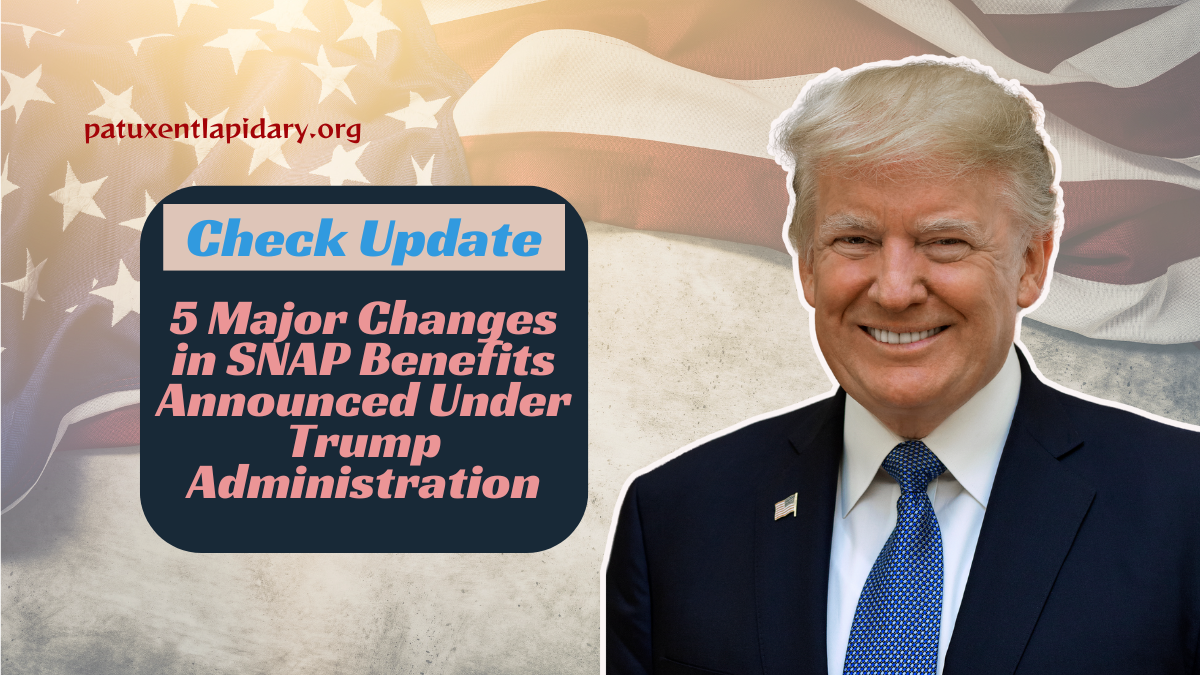The Supplemental Nutrition Assistance Program (SNAP) has long been a cornerstone in supporting low-income Americans by providing essential food assistance. However, recent developments under the Trump administration signal significant changes to this vital program. These modifications aim to address issues such as fraud and inefficiency but have sparked considerable debate regarding their potential impact on beneficiaries.
Fraud and Overpayment Concerns
The administration has raised alarms about substantial fraud within SNAP, citing data that suggests over $1 billion is wasted monthly due to ineligible benefits, overpayments, and fraudulent activities. Instances of Electronic Benefit Transfer (EBT) card scams, including cloning and skimming, have been particularly problematic. In the second quarter of 2023 alone, over 810,000 fraud cases were reported, with more than $150 million in stolen benefits replaced.
Implementation of Stricter Work Requirements
A significant policy shift involves the tightening of work requirements for able-bodied adults without dependents (ABAWDs). Previously, individuals aged 18 to 49 were required to work or participate in training programs for at least 80 hours per month to maintain benefits beyond three months. The new rule extends this age range up to 54, aiming to encourage greater workforce participation among SNAP recipients.
State Waiver Limitations
Historically, states could obtain waivers to ease work requirements in areas with high unemployment or insufficient job availability. The new regulations significantly restrict states’ ability to secure these waivers, thereby enforcing uniform compliance with federal standards and reducing state-level flexibility in administering SNAP benefits.
Potential Budget Reductions
The administration’s budget proposals have consistently sought substantial cuts to SNAP, with reductions ranging from $180 billion to $220 billion over ten years. These proposed cuts represent a 25% to 30% decrease from current funding levels, reflecting a broader effort to reduce federal spending on social assistance programs.
Impact on Vulnerable Populations
Critics argue that these changes disproportionately affect vulnerable groups, including low-income individuals, the elderly, and people with disabilities. The tightening of work requirements and reduction in state waivers may lead to increased food insecurity among those unable to meet the new criteria, exacerbating existing challenges faced by these populations.
| State | Overpayment Rate (%) | Underpayment Rate (%) | Fraud Cases Reported (Q2 2023) | Stolen Benefits Replaced ($) |
|---|---|---|---|---|
| Alaska | 60.37 | N/A | N/A | N/A |
| South Dakota | 3.27 | N/A | N/A | N/A |
| National Average | 10.03 | 1.64 | 810,000+ | 150,646,972 |
In conclusion, the Trump administration’s modifications to SNAP are poised to reshape the program’s landscape significantly. While intended to enhance efficiency and reduce fraud, these changes raise concerns about their potential adverse effects on millions of Americans who rely on SNAP for their daily nutritional needs. As these policies take effect, it is crucial to monitor their outcomes to ensure that the program continues to fulfill its mission of alleviating hunger and promoting food security.
FAQs
What are the new work requirements under the Trump administration’s SNAP changes?
The new regulations extend work requirements to able-bodied adults without dependents aged 18 to 54. These individuals must work or participate in a training program for at least 80 hours per month to receive benefits beyond three months.
How do the changes affect state waivers for work requirements?
The administration has tightened the criteria for states to obtain waivers from federal work requirements, limiting their ability to exempt certain areas with high unemployment from these mandates.
What is the rationale behind the proposed budget cuts to SNAP?
The proposed budget cuts aim to reduce federal spending and address concerns about inefficiencies and fraud within the program. However, these cuts have sparked debates about their potential impact on food security for low-income populations.
Who is most likely to be affected by these SNAP changes?
Vulnerable groups, including low-income individuals, the elderly, and people with disabilities, may be disproportionately affected, especially if they are unable to meet the new work requirements or if state waivers are no longer available.
When will these changes to SNAP benefits take effect?
The changes are scheduled to become official in January, following the implementation timeline set by the administration.







